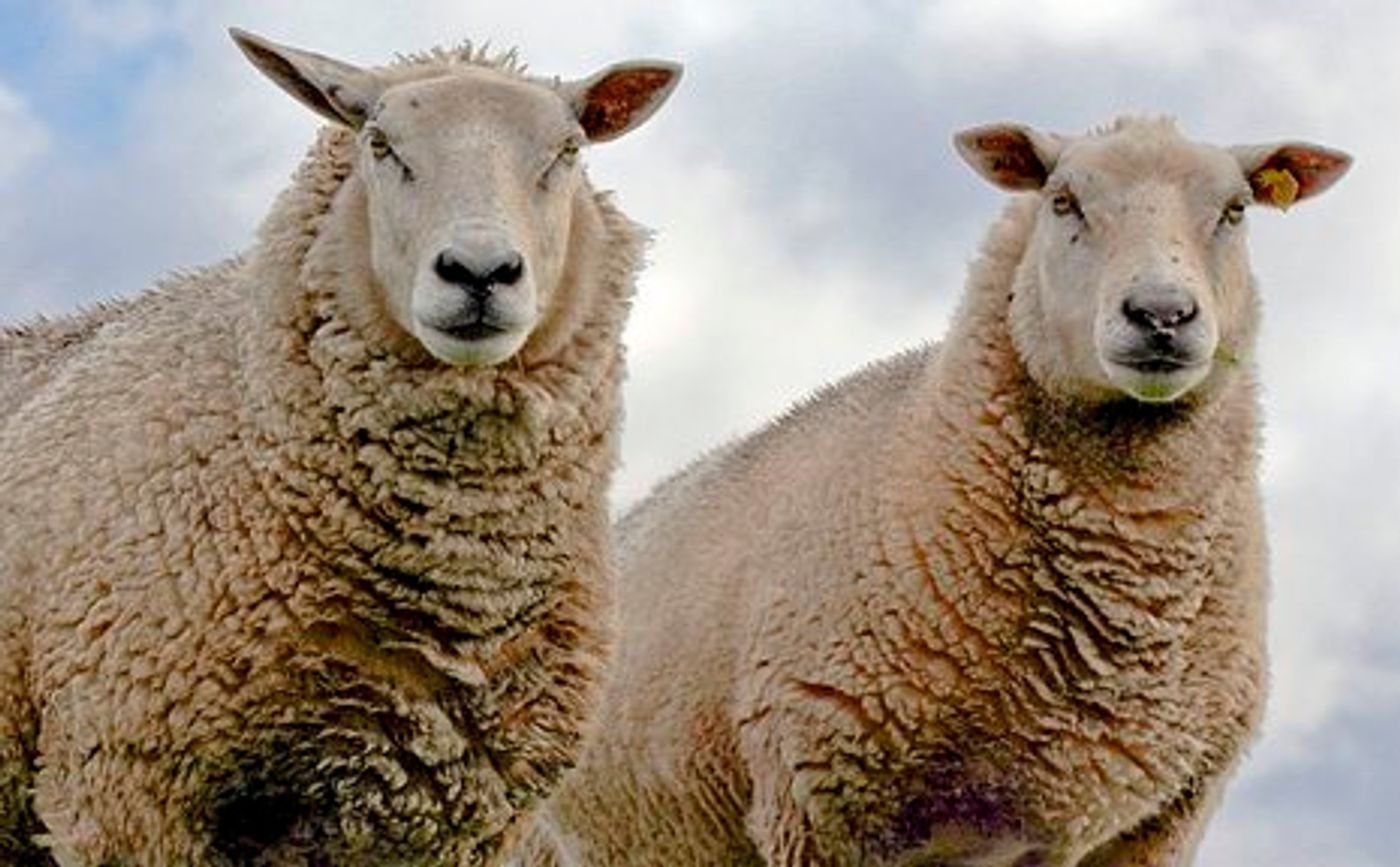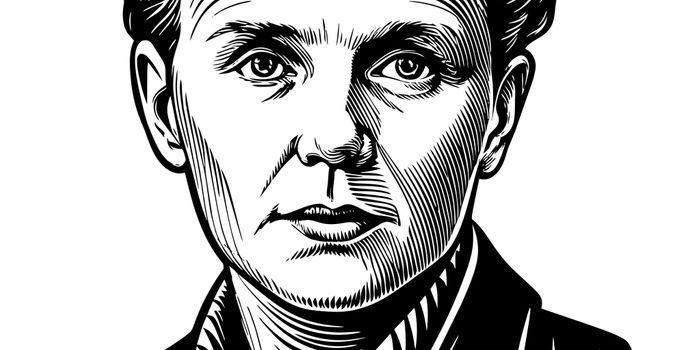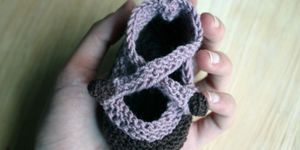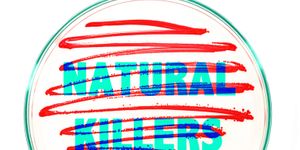Dr Frances Henson is a Research Fellow in the Division of Trauma and Orthopaedic Surgery, Department of Surgery, Addensbrooke’s Hospital, Cambridge, as well as a Senior Lecturer in Equine Surgery, Department of Veterinary Medicine, Cambridge Veterinary School.She works with scientists to develop treatments for orthopedic diseases. Henson is particularly curious about lame animals and lame people. In the translational medicine processes going on in her laboratory, she and her colleagues work in a “bench to bedside” manner.
Her current research involves a new bio-material that is used those to treat large surface defects in joints – knee joints in people – that will also be applicable to veterinary species such as pigs, horses, and dogs.
The controversial part of her work concerns the use of large animals for medical clinical trials. Her lab is using sheep. “We take our sheep, make little holes in the joints and we fill those holes with our novel treatmentt to prove that treatment is both safe and really offers a significant improvement in the expected outcome. If you didn’t put the scaffold in, the joints wouldn’t heal,” Henson says in a podcast interview with
Podacademy.org.
So far, these osteochondral plugs have had success, showing to be very effective in treating joint surface defects. In the bigger picture, this means that the big lesions that can occur from injuries in sports or traumatic accidents, could potentially be cured - a treatment which medicine is currently lacking. If such joint surface defects are not treated, they will eventually result in arthritis. Henson and her team state : “We have the ambitious hope that using these scaffolds we can stop osteoarthritis before it starts, cure the joint and get it back to a healthy environment.”
Henson justifies her work with sheep on several levels, explaining that the end goal of her research is in fact as much for large animals as for humans. Currently, a horse, for example, with an injured joint, is not going to receive a hip replacement, as a person might. Instead, it will live a slow, painful death. She also validates that her team takes care to monitor and minimize the sheep’s pain levels, as well as treat each individual animal with dignity. She obliges that yes, the sheep are killed at the end of their experiments. However, she points out, they buy the animals for experiments from culled ewes, animals who were going to be sent to be killed, likely in a much more stressful environment. Instead, these animals live for an extra 9-12 months of stellar care and are then “peacefully let go”.
Looking back in the history of medicine to prominent examples of translational medicine with experiments on big animals, Henson points to the origins of heart and lung transplants on pigs. “So it comes back to whether we feel comfortable with the idea that an individual sheep contributes to amassing this data.” An individual sheep, pig, or rat.
Source:
Podacademy









